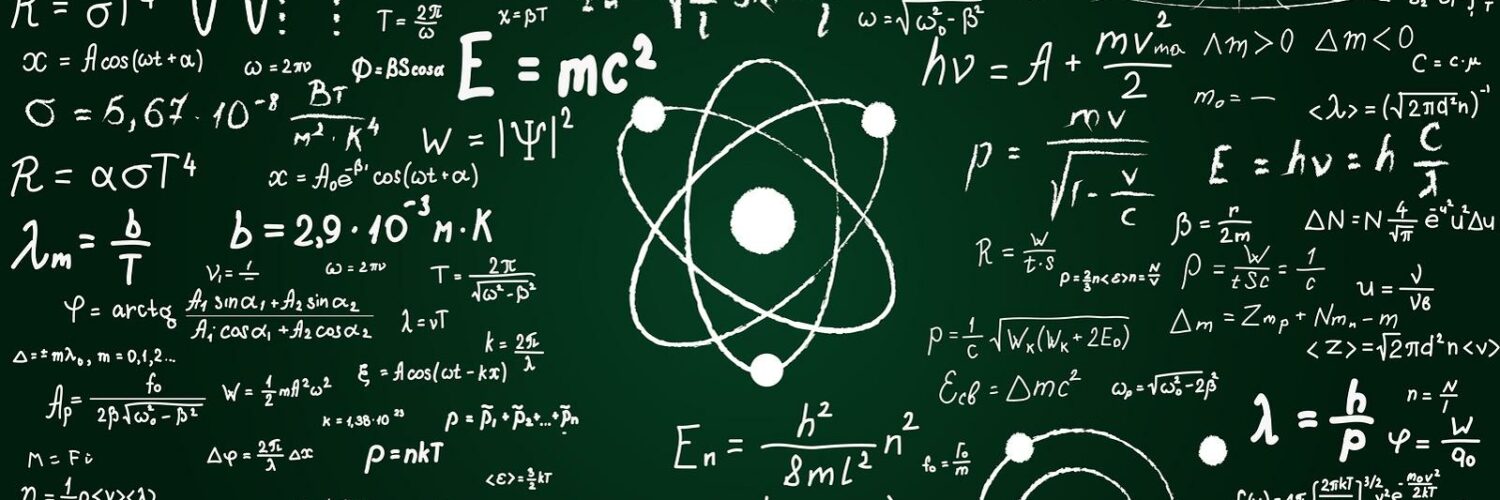Kinematics is a branch of mechanics in physics that deals with the motion of objects without considering the forces that cause the motion. The kinematic equations are a set of four essential equations that describe the motion of objects under constant acceleration. They are widely used to solve problems involving velocity, displacement, time, and acceleration. This article will introduce these equations, explain their components, and demonstrate how to apply them with examples.
What are the Kinematic Equations?
Kinematic equations relate the variables of motion: displacement ($\Delta x$ or $\Delta y$), initial velocity ($v_0$), final velocity ($v$), acceleration ($a$), and time ($t$). These equations assume that the acceleration is constant over time.
The four kinematic equations are:
- First Equation: $v = v_0 + at$
- This equation calculates the final velocity of an object after a certain amount of time under constant acceleration.
- Second Equation: $\Delta x = v_0 t + \frac{1}{2} a t^2$
- This equation relates displacement to the initial velocity, time, and acceleration. It’s used when you need to find the distance traveled by an object in a given time.
- Third Equation: $v^2 = v_0^2 + 2a \Delta x$
- This equation eliminates time and connects the final velocity to displacement, acceleration, and initial velocity.
- Fourth Equation: $\Delta x = \frac{v + v_0}{2} \cdot t$
- This equation calculates displacement using the average of the initial and final velocities over a given time.
These equations can be used in various scenarios where an object is moving with constant acceleration, such as free-fall, projectile motion, and uniformly accelerated motion.
Components of the Kinematic Equations
Let’s break down the key variables in the kinematic equations:
- $v$ (Final Velocity): The velocity of the object at the end of the time interval.
- $v_0$ (Initial Velocity): The velocity of the object at the beginning of the time interval.
- $a$ (Acceleration): The rate of change of velocity with respect to time. For free-fall situations, the acceleration is due to gravity, denoted by $g \approx 9.8 , \text{m/s}^2$.
- $\Delta x$ (Displacement): The total change in position of the object, which could be horizontal or vertical.
- $t$ (Time): The duration of the motion, measured in seconds.
When to Use Each Kinematic Equation
The kinematic equations can solve various problems depending on which variables are given and what you need to find. Here’s a quick guide on when to use each equation:
- First Equation ($v = v_0 + at$):
- Use it when: You know the initial velocity, acceleration, and time, and you need to find the final velocity.
- Second Equation ($\Delta x = v_0 t + \frac{1}{2} a t^2$):
- Use it when: You know the initial velocity, time, and acceleration, and you need to find the displacement.
- Third Equation ($v^2 = v_0^2 + 2a \Delta x$):
- Use it when: You need to find the final velocity or displacement, but time is not given.
- Fourth Equation ($\Delta x = \frac{v + v_0}{2} \cdot t$):
- Use it when: You know the initial and final velocities and time, and you need to find displacement.
Example Problems Using Kinematic Equations
Example 1: Finding Final Velocity
Problem: A car starts from rest and accelerates at $3 , \text{m/s}^2$ for $5$ seconds. What is the car’s final velocity?
Given:
- $v_0 = 0 , \text{m/s}$ (starts from rest)
- $a = 3 , \text{m/s}^2$
- $t = 5 , \text{seconds}$
To Find: Final velocity ($v$)
Using the first equation:

Substitute the known values:

So, the car’s final velocity is $15 , \text{m/s}$.
Example 2: Finding Displacement
Problem: A ball is thrown vertically upward with an initial velocity of $20 , \text{m/s}$. How high does the ball go before it starts falling back down? Assume acceleration due to gravity is $-9.8 , \text{m/s}^2$.
Given:
- $v_0 = 20 , \text{m/s}$
- $v = 0 , \text{m/s}$ (at the highest point, velocity is 0)
- $a = -9.8 , \text{m/s}^2$
To Find: Displacement ($\Delta y$)
Using the third equation:

Rearrange to solve for $\Delta y$:

Substitute the known values:

So, the ball reaches a height of approximately $20.41 , \text{m}$.
Example 3: Finding Time
Problem: A train is moving at $30 , \text{m/s}$ when the engineer applies the brakes, causing a uniform deceleration of $-2 , \text{m/s}^2$. How long does it take the train to come to a stop?
Given:
- $v_0 = 30 , \text{m/s}$
- $v = 0 , \text{m/s}$ (the train comes to a stop)
- $a = -2 , \text{m/s}^2$
To Find: Time ($t$)
Using the first equation:

Rearrange to solve for $t$:

Substitute the known values:

So, it takes $15$ seconds for the train to come to a stop.
Applications of Kinematic Equations
Kinematic equations are widely used in real-world scenarios that involve constant acceleration. Here are some common applications:
1. Free-Fall Motion
One of the most common examples of using kinematic equations is in free-fall problems. In these cases, the only force acting on the object is gravity, and the acceleration is constant ($a = g = 9.8 , \text{m/s}^2$ downward). Kinematic equations help determine how far an object falls or how long it stays in the air.
2. Projectile Motion
Kinematic equations are crucial in analyzing projectile motion, where an object is launched into the air and follows a parabolic trajectory under the influence of gravity. The horizontal and vertical motions are treated separately, with the kinematic equations used to predict the object’s path, range, and time of flight.
3. Automotive Engineering
In automotive design, kinematic equations are used to analyze the acceleration, braking, and motion of vehicles. Engineers use these equations to calculate stopping distances, acceleration times, and more to ensure vehicles operate safely and efficiently.
4. Sports Science
Kinematics plays an important role in sports science, where the motion of athletes and objects (like balls or javelins) is studied to optimize performance. For instance, determining the maximum height of a jump or the distance of a throw involves using kinematic principles.
Common Mistakes to Avoid
- Incorrect Sign Conventions: Be careful with the direction of motion. In many problems, acceleration due to gravity is negative when upward motion is positive.
- Not Using the Correct Equation: Make sure you select the right kinematic equation based on the information you have. Each equation is useful for specific cases.
- Assuming Acceleration is Zero: These equations apply only when there is constant acceleration. If the object’s velocity is changing in a non-linear way, these equations won’t work.
Conclusion
The kinematic equations are a powerful set of tools in physics for analyzing motion in cases of constant acceleration. Whether you’re calculating the velocity of a speeding car, the height of a thrown ball, or the time it takes for a train to stop, these equations offer a systematic way to solve motion problems. By mastering the four kinematic equations and their applications, you can approach a wide range of physics problems with confidence and precision.




Add comment